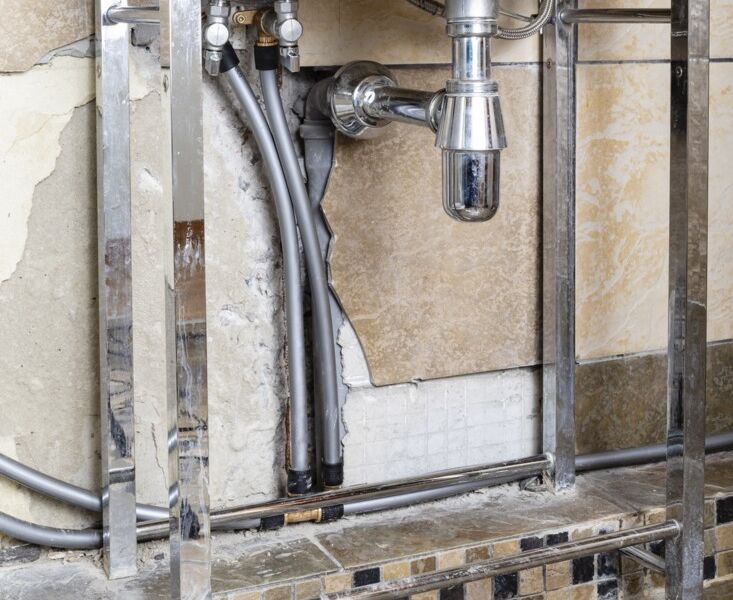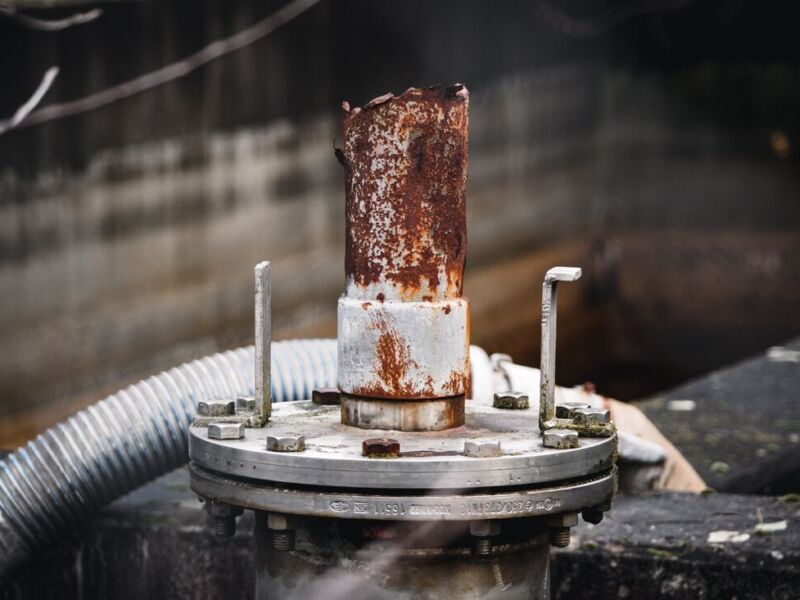
Introduction
Water damage can be a significant issue for metal surfaces, causing corrosion, rust, and deterioration. When metal surfaces are exposed to water, especially for prolonged periods, they can suffer irreversible damage. However, with proper techniques and strategies, it is possible to repair and restore metal surfaces affected by water damage. This article explores different methods and considerations for repairing water damage to metal surfaces. Whether you’re dealing with a damaged metal roof, corroded pipes, or rusted metal furniture, understanding the repair process is crucial for effective restoration.
Understanding Water Damage to Metal Surfaces
Water damage to metal surfaces can occur due to various reasons, including leaks, flooding, humidity, or improper maintenance. When metal surfaces are exposed to water, several factors contribute to the damage:
- Corrosion: Water can cause metal surfaces to oxidize, leading to rust and corrosion.
- Erosion: Continuous exposure to water can cause erosion, wearing away the protective layers of metal surfaces.
- Discoloration: Water damage can result in unsightly discoloration, affecting the appearance of metal surfaces.
- Weakening: Over time, water damage weakens metal, compromising its structural integrity and durability.
Techniques for Repairing Water Damage to Metal Surfaces
Repairing water damage on metal surfaces requires specific techniques and strategies to effectively restore them. Here are some commonly used methods:

1. Cleaning and Drying
The first step in repairing water damage to metal surfaces is thorough cleaning and drying. Remove any dirt, debris, or rust using appropriate cleaning agents and tools. Once clean, ensure the metal surface is thoroughly dried to prevent further damage or corrosion.
2. Rust Removal
If the water damage has caused rust on the metal surface, it is essential to remove it before proceeding with repairs. Various rust removal methods, such as sanding, chemical treatments, or wire brushing, can effectively eliminate rust deposits.
3. Surface Preparation
Before applying any repair materials or coatings, it is crucial to prepare the metal surface adequately. This involves removing any loose paint or coatings, smoothing out rough spots, and ensuring a clean and even surface.
4. Application of Protective Coatings
One of the key steps in repairing water damage is the application of protective coatings to prevent further damage and corrosion. Choose appropriate coatings based on the specific metal and its intended use. These coatings may include primers, rust inhibitors, and sealants.
5. Metal Restoration
If the water damage has resulted in significant structural or aesthetic issues, metal restoration techniques may be necessary. This could involve welding, reshaping, or replacing damaged components to restore the metal surface to its original condition.

Strategies for Preventing Water Damage to Metal Surfaces
In addition to repairing water damage, implementing preventive strategies can help mitigate future issues. Here are some measures to prevent water damage:
1. Regular Maintenance
Maintain a regular cleaning and inspection schedule for metal surfaces to identify and address any potential issues before they become severe.
2. Proper Drainage and Waterproofing
Ensure proper drainage systems and effective waterproofing to prevent water accumulation and protect metal surfaces from excessive moisture exposure.
3. Adequate Ventilation
Proper ventilation helps to reduce humidity levels, preventing excessive moisture buildup that can lead to water damage on metal surfaces.
4. Timely Repairs
Address any leaks, pipe bursts, or other plumbing issues promptly to prevent water from coming into contact with metal surfaces.
5. Protective Coatings and Sealants
Apply appropriate protective coatings and sealants to metal surfaces to create a barrier against water and moisture.
FAQs
How can I repair rusted metal surfaces?
Can water damage on metal surfaces be fixed?
Important Facts and Statistics
Here are some important facts and statistics related to broken pipes and plumbing issues:
- The development of statistics in the exploratory analysis was carried out with pipe breaks between 1995 and …-src:Pipe breaks and estimating the impact of pressure control in water …
- Major environmental stressors, such as earthquakes and tremors, cause the most severe pipe damage for properties along geological fault lines.
- Broken pipes tend to be the symptom of another problem, and that problem will also need to be resolved.-src:Burst & Damaged Pipes: How Leaks Can Cause Water Damage
- Clogged pipes are often caused by: Grease, Hair, Inappropriate items being flushed down pipes, Food scraps, Floss, Diapers, Sanitary products-src:Common Causes of Clogged Drains And Broken Pipes
- According to The Oregonian/OregonLive, a broken sprinkler pipe was the culprit.
- A recent study by Gallet’s group and the Chicago Metropolitan Agency for Planning found the Chicago area alone is losing 22 billion gallons of treated water per year through leaky pipes.
For professional help with repairing water damage to metal surfaces, contact JGW Group Water Damage Restoration Deerfield Beach at 754-294-5716.



